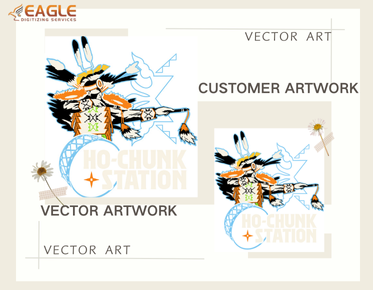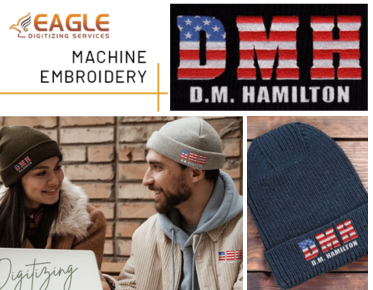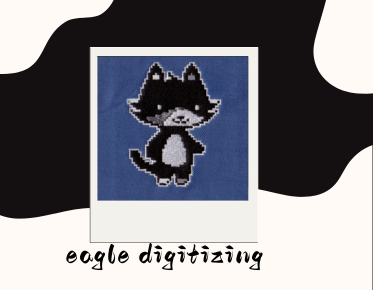What's the difference between a screen-print and a giclée?
Understanding Screen-Printing and Giclée
When it comes to reproducing artwork, two popular methods are screen-printing and giclée printing. Each technique has its own distinct process and benefits that cater to different artistic needs and preferences. In this article, we will delve into the key differences between these two printing methods, helping artists, designers, and enthusiasts choose the right one for their projects.
Screen-Printing: A Classic Approach
Screen-printing, also known as silkscreen printing, is a traditional printmaking technique that involves creating a stencil, or a screen, through which ink is pressed onto the substrate. This method is renowned for its vibrant colors and ability to produce seamless gradients. The ink used in screen-printing is typically thick and sits atop the surface of the material, providing durability and allowing for a wide variety of materials, including textiles and plastics, to be printed.
This method is often associated with mass production, as it's well-suited for creating large batches of printed items, such as t-shirts, posters, and commercial signage. With a heritage rooted deeply in textiles, screen-printing offers a high degree of versatility and is ideal for custom projects that require precise color matching and a tactile quality to the final product. The raster to vector conversion is often used in screen-printing to ensure designs are sharp and scalable.
Giclée: Modern Technology for Fine Art
Giclée printing is a relatively modern digital method used to produce high-quality fine art prints. The term "giclée" (pronounced 'zhee-clay') is derived from the French word meaning 'to spray', which accurately describes the process of carefully spraying archival pigment inks onto paper or canvas. Giclée printers utilize a wide array of colors, achieving a broad color spectrum and exceptional accuracy, which is perfect for reproducing intricate artwork with fine details.
Unlike screen-printing, giclée printing is typically used for smaller print runs given its use of special inks and substrates. It is favored among artists and photographers who seek reproductions that closely resemble the original piece. The vector conversion services can be utilized to maintain quality and detail in the transition from a digital file to a giclée print.
Key Differences and Use Cases
While both methods are celebrated for producing vibrant prints, they serve different purposes based on the needs of the project. Here are some of the fundamental differences:
Material and Ink Application
The materials and manner in which ink is applied differ significantly between the two methods. Screen-printing uses a mesh screen to transfer ink directly onto the material, typically resulting in a thicker application of ink. This makes it ideal for fabrics and other substrates that require durability.
In contrast, giclée prints the ink as a fine spray, allowing it to capture minute details and tonal variations, which contribute to its popularity in the art world where high fidelity to the original work is paramount.
Production Volume
Screen-printing is a favorite in commercial settings due to its cost-effectiveness for large production runs. Giclée, while more expensive per unit, offers greater flexibility for small batches or one-off prints. This makes giclée perfect for limited-edition prints where quality trumps quantity.
Color Range and Detail
Giclée printing boasts a superior color gamut and can reproduce fine details thanks to its use of specialized ink and precision equipment. This capability is essential for artworks that require accurate reproduction of an artist’s original palette and intricate brushwork.
On the other hand, screen-printing is adept at producing bold, flat areas of color and can add textural interest, which can be a compelling choice for graphic art and designs aimed at bold visual statements. Effective online vector conversion is key in maintaining detail during the conversion of artwork into screenprints.
Conclusion: Choosing the Right Method
The choice between screen-printing and giclée ultimately depends on the intended use of the print, the desired aesthetic, and budget constraints. Screen-printing remains a staple for producing durable, cost-effective prints on t-shirts and other textiles as well as bold graphics. Meanwhile, giclée printing offers unparalleled quality for creating fine art reproductions where even the smallest details matter.
As technology progresses, it will be interesting to see how these two techniques evolve, possibly hybridizing to offer new and improved printing solutions. Whether one values quantity or quality will guide the decision-making process, but the advancements in printing technology promise to keep raising the bar for both methods.
For those seeking professional print solutions, it's essential to understand exactly what each method offers and to consider the specific needs of your artwork or project. Don't hesitate to reach out to experts like those at Eagle Digitizing, who harness contemporary techniques to provide high-quality services and ensure that your printing needs are met with precision and care.



